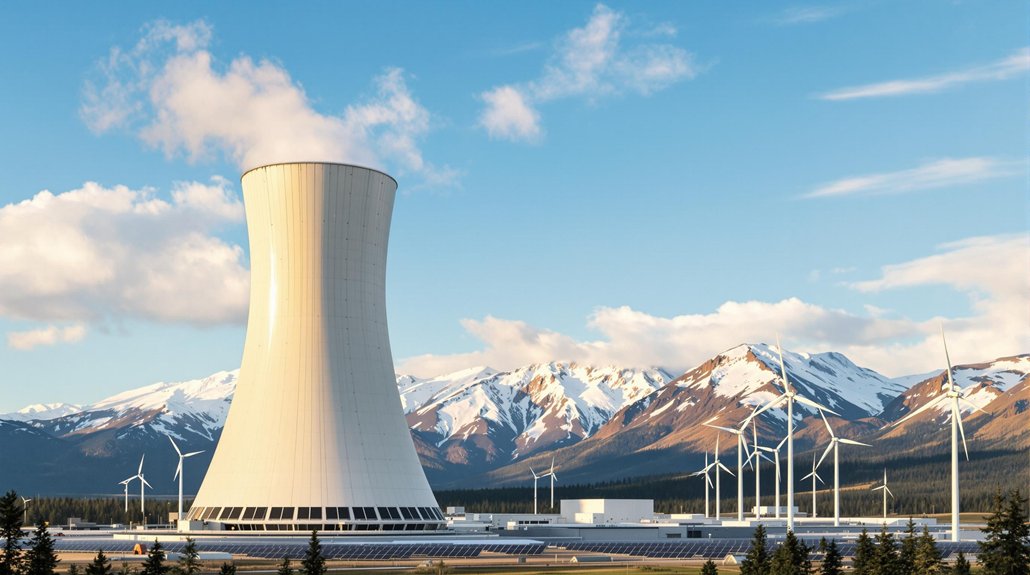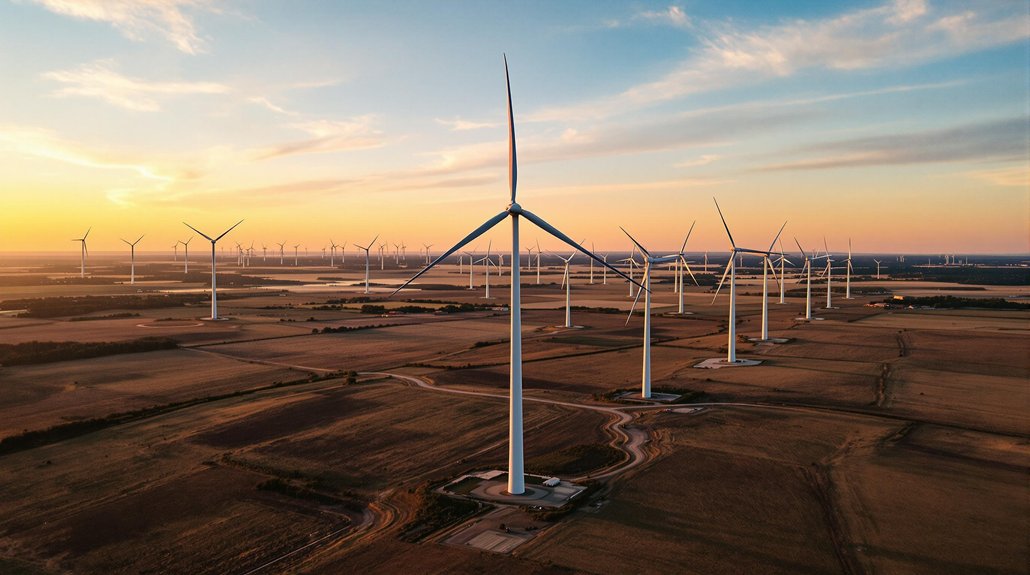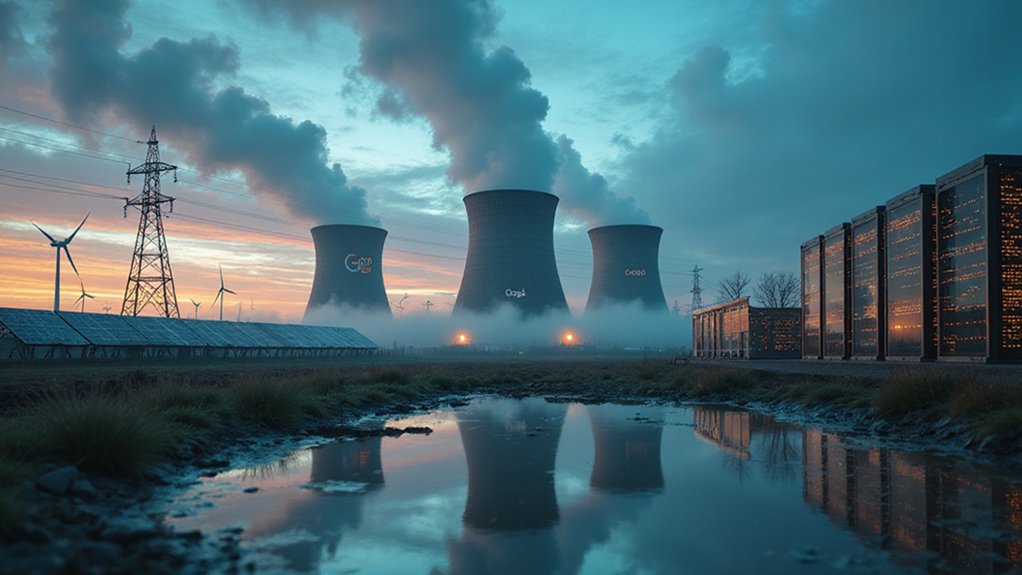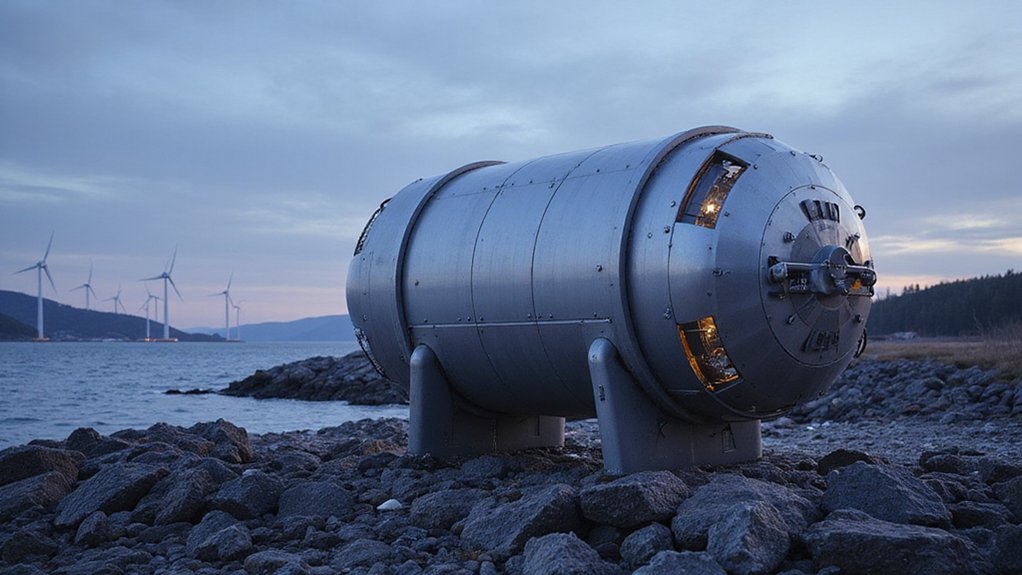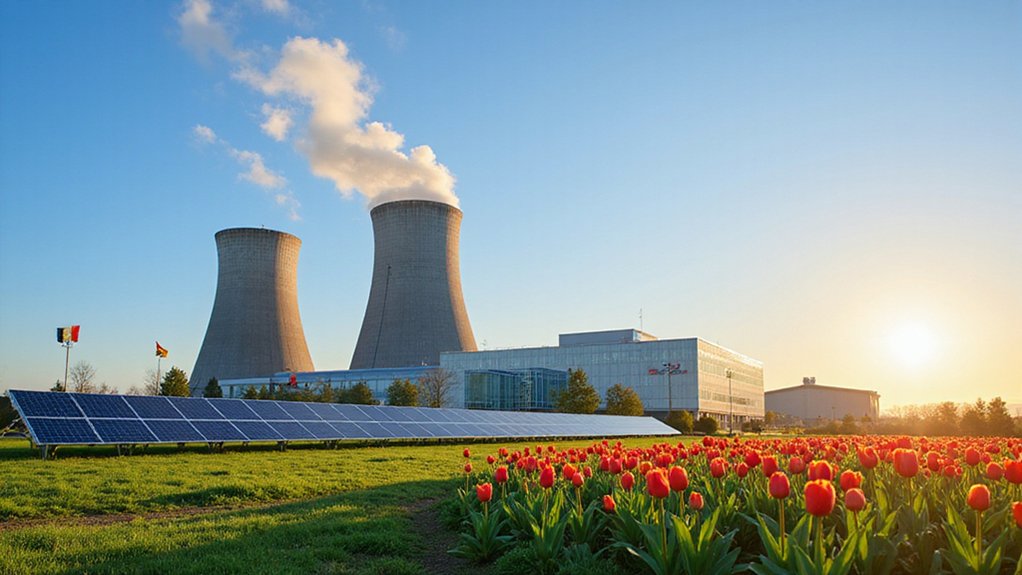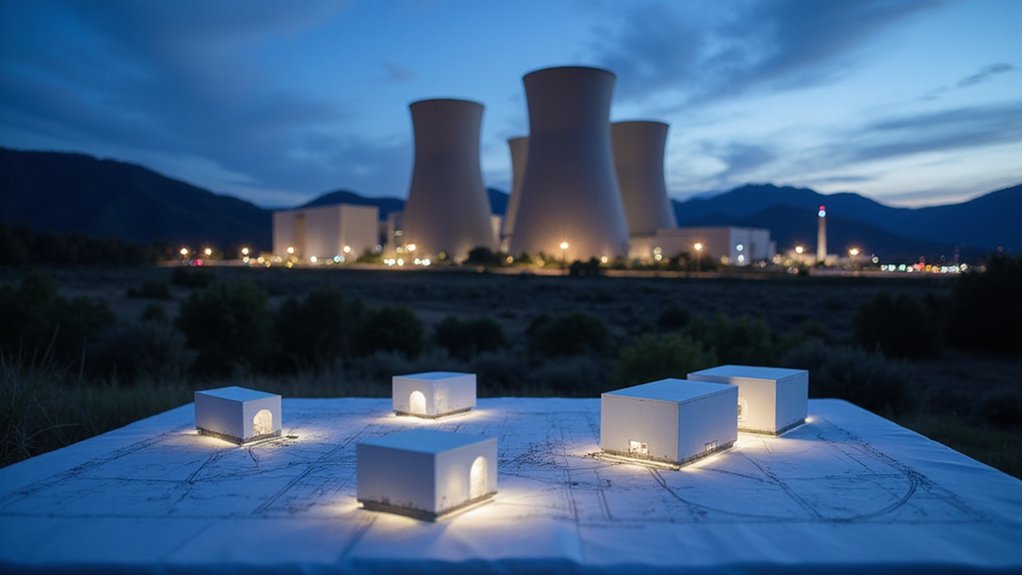Colorado legislators just redefined “clean energy” to include nuclear power. The bipartisan bill HB25-1040 passed with overwhelming support and awaits Governor Polis’s signature. It’s a major shift for a state targeting 100% renewable electricity by 2040. Small Modular Reactors could replace closing coal plants, creating jobs in struggling communities. Environmental groups aren’t convinced. Nuclear’s zero-emission profile won the day, despite waste concerns. The debate intensifies as climate deadlines loom closer.
After years of resistance and two failed attempts, Colorado has finally added nuclear power to its definition of “clean energy.” The bipartisan bill HB25-1040 sailed through the legislature with overwhelming support—passing the House 43-18 and the Senate 29-5. Governor Polis is expected to sign it. Third time’s the charm, apparently.
The bill doesn’t immediately greenlight new nuclear plants. It simply acknowledges what most scientists have been saying for decades: nuclear power produces zero direct carbon emissions. Crazy concept, right? Calling carbon-free energy “clean.”
Colorado has ambitious climate goals—100% renewable electricity by 2040 and an 80% emissions reduction by 2030. Those targets looked increasingly unrealistic as the state’s coal plants march toward their 2031 closure date. Wind and solar are great, sure, but they’ve got this annoying tendency to work only when, you know, the wind blows or the sun shines. Nuclear energy provides baseload power that maintains stability when renewable sources fluctuate.
Small modular reactors (SMRs) are getting the most attention. Unlike their behemoth predecessors, these factory-built units promise enhanced safety features and can be installed incrementally. Perfect for repurposing those soon-to-be-abandoned coal plant sites.
The economic implications could be substantial. Communities like Pueblo might see new high-paying jobs replace those lost from coal’s decline. Labor unions, including the AFL-CIO, have voiced support. Nuclear projects can now access clean energy grants too—cash that was previously off-limits.
Not everyone’s thrilled. Some environmental groups remain skeptical, citing concerns about nuclear waste and project costs. Federal regulators including FERC and NERC have warned about the risks of rapid retirement of dispatchable generation resources without adequate replacements. The state’s recent approval of a plan to achieve 75% renewable energy for customers by 2030 shows Colorado is pursuing multiple clean energy pathways simultaneously. Fair points, but perhaps less convincing as climate deadlines loom larger.
This policy alteration reflects a growing pragmatism in energy discussions. The intermittency problem with renewables isn’t solving itself, and Colorado needs reliable baseload power. Nuclear might just be the bridge technology that keeps the lights on while the state shifts away from fossil fuels.
For a state that once explicitly excluded nuclear from its clean energy definition, this represents a remarkable shift in thinking. Evolution happens, even in energy policy.
